Health & Medicine
-
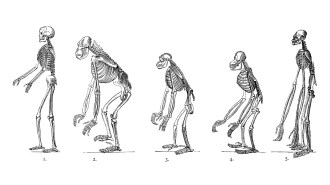 Anthropology
AnthropologyTwo tiny genetic shifts helped early humans walk upright
Scientists have linked bipedalism to changes in how the human pelvis developed millions of years ago.
-
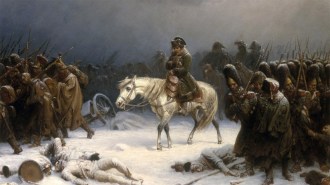 Humans
HumansNapoleon’s retreating army may have been plagued by these microbes
DNA from Napoleonic soldiers’ teeth uncovered two fever-causing bacteria that may have worsened the army’s fatal retreat from Russia.
By Meghan Rosen -
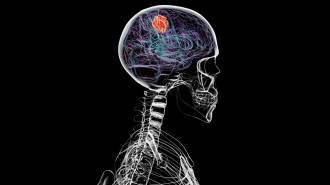 Humans
HumansBrain cancer can dissolve parts of the skull
Glioblastoma doesn't just affect the brain. It also erodes bones in the skull and changes the composition of immune cells in skull marrow.
By Meghan Rosen -
 Health & Medicine
Health & MedicineMost women get uterine fibroids. This researcher wants to know why
Biomedical engineer Erika Moore investigates diseases that disproportionately affect women of color.
-
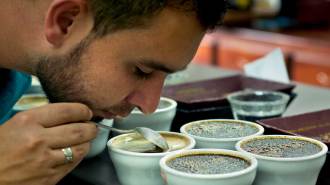 Health & Medicine
Health & MedicineCOVID-related smell loss may last years
Using a scratch-and-sniff test, researchers discovered that smell loss after COVID-19 may linger for more than two years.
By Meghan Rosen -
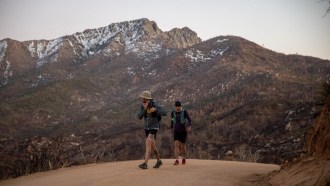 Health & Medicine
Health & MedicineEven for elite athletes, the body’s metabolism has its limits
While ultramarathoners are capable of huge energy spurts, overall the athletes top out at 2.5 times the metabolic rate needed for basic body functions.
-
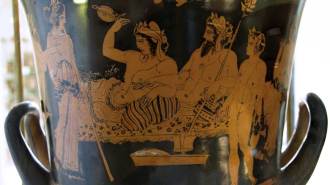 Science & Society
Science & SocietyOur relationship with alcohol is fraught. Ancient customs might inspire a reset
As evidence of alcohol's harms mounts, some people are testing out sobriety. Look to ancient civilizations' ways for a reset, scholars suggest.
By Sujata Gupta -
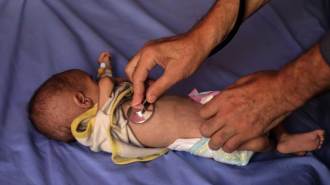 Health & Medicine
Health & MedicineAn estimated 54,600 young children are malnourished in Gaza
A study that screened young children in Gaza for malnutrition found that nearly 16 percent suffered from wasting in August 2025.
-
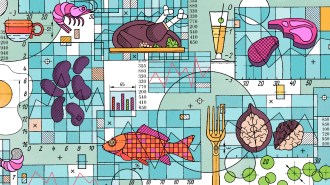 Health & Medicine
Health & MedicineYou’re probably eating enough protein, but maybe not the right mix
Protein is having a moment. But even if most people are eating enough protein, studies suggest they may not be eating the right mix.
By Sujata Gupta -
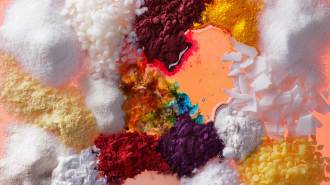 Health & Medicine
Health & MedicineAre ultraprocessed foods truly addictive?
Ultraprocessed foods can create powerful pulls similar to those of alcohol, nicotine or opioids, with worrisome consequences for our health.
-
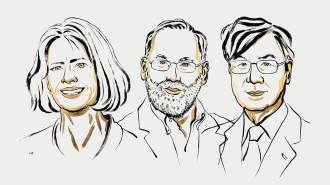 Health & Medicine
Health & MedicineFinding immune cells that stop a body from attacking itself wins medicine Nobel
Shimon Sakaguchi discovered T-reg immune cells. Mary Brunkow and Fred Ramsdell identified the cells’ role in autoimmune disease.
-
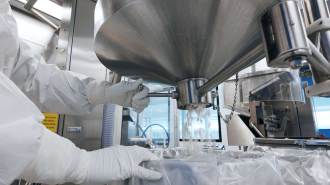 Health & Medicine
Health & MedicineNew oral GLP-1 drugs could offer more options for weight loss
GLP-1 injections use needles and require refrigeration. Pills that work in a similar way could be a cheaper, simpler solution.
By Meghan Rosen